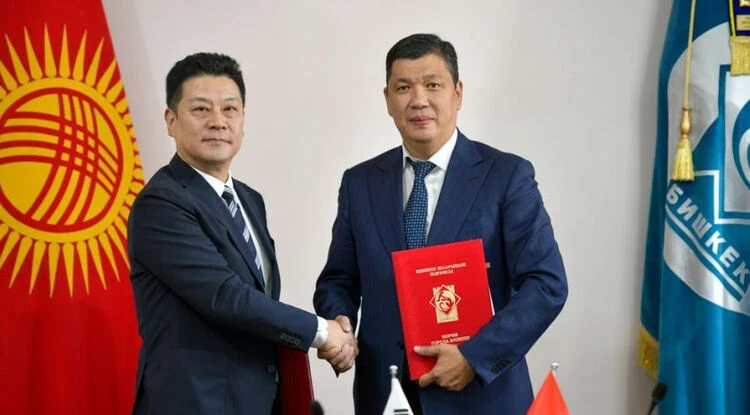The technology of producing felt, both unadorned and adorned, is mainly reduced to the same process, complicated in the latter case by the creation of ornamentation.
After carding, the wool is spread out on a large chiev or reed mat laid on the ground, slightly larger than the intended felt. Women take the wool in their left hand and place it on the mat, holding their hand palm up. With their right hand, the craftswoman pinches off pieces of wool and spreads it in an even layer on the mat. The surface of the layer is constantly leveled. Thus, the first layer is laid down first, which determines the size of the felt, followed by the second layer.
In the Noygut group, a different method of laying wool is used in the production of felt. Here, as the masters express it, the practice of "sowing" (sebuu) wool is accepted. For this, five-fingered forks (beshilik) are used. They are similar to the forks of the same name used in farming for winnowing grain, but do not have a long handle. The craftswoman picks up the loosened wool on the forks and evenly scatters it on the mat with smooth movements. Great skill and experience are needed to "sow" the wool in an even layer and in the required amount. Thus, the wool is laid in three layers, with the second layer usually consisting of lower quality wool. The layers are pressed down with the forks.
The prepared loose wool with or without a colored pattern is first sprayed with hot water. Then, three or four people tightly roll (oyroit) the wool together with the mat into a roll, which is tied with a lasso and begins to be rolled (basit). During the rolling process, the mat is opened several times, and the felt is sprinkled with hot water.
The roll is rolled using lassos, which are tied in such a way that when one end of the lasso is wound around the roll, the other end is unwound at the same time. By rolling the roll for 40-50 minutes, preliminary pressing of the wool is achieved.
In the Noygut group, the pressing of the wool occurs somewhat differently. The roll is covered with a homemade fabric, tightly tied with a lasso, and two or three people roll it with their feet for about an hour. Then the roll is opened, the felt is sprinkled with hot water, leveled, and straightened. If necessary, uneven edges are pulled. The wet felt is removed from the mat, rolled into a tube, and begins to be rolled on the mat, but now by hand. For this, they kneel and press down hard on the roll with their forearms, moving it back and forth. During this process, the felt is repeatedly turned to the other side, ensuring that there is no distortion. The procedure of rolling the felt by hand takes about an hour.

In the Alai Valley, felt was also rolled using a pole: "The slightly rolled felt is opened and wrapped around a wooden round pole for further felting, expressed in rolling with hands and feet." This method is known among the southern Altaians and Khakass. The Kyrgyz of Xinjiang also roll felt using lassos, employing yaks for this purpose.
In the production of ornamented felt products, the Kyrgyz use technical techniques such as rolling in colored patterns, sewing cut patterns (mosaic), appliqué, and embroidery.














































